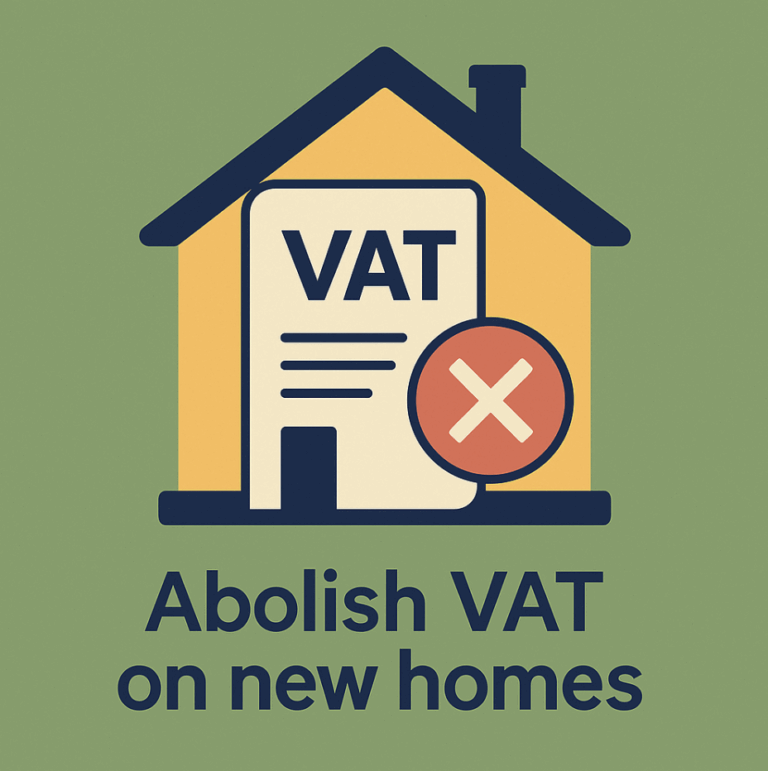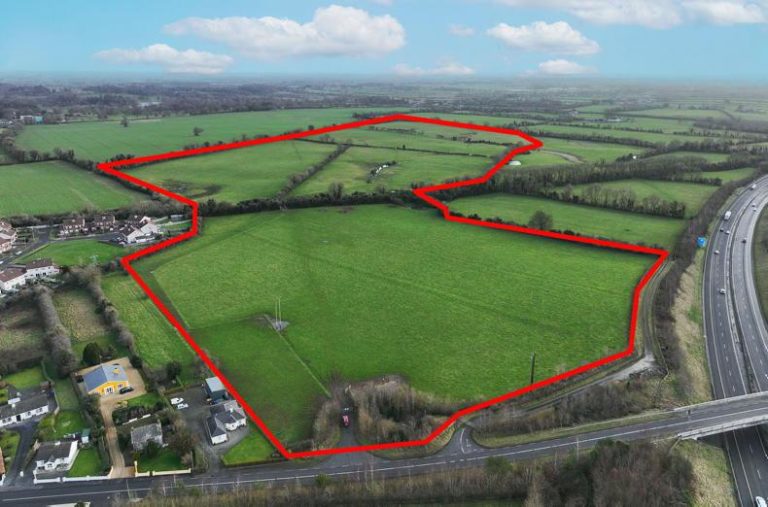Why you can’t get a mortgage in Ireland

Securing a mortgage to purchase a home in Ireland can be incredibly frustrating. With both rents and house prices rising rapidly across most areas, prospective buyers often feel trapped. On average, renters spend about 30% of their monthly net income on rent, excluding bills and service charges. Many spend even more, leaving little room for savings. As house prices outpace wage growth, saving for a deposit and getting ahead becomes nearly impossible.
Mortgage lending rules in Ireland are extremely prescriptive, leaving lenders with little room to exercise judgement beyond the set criteria.
We explain why, and how Homely, with our new rent-to-own, programme, can help you and your family prepare for home ownership.
Tight Regulation
Lenders are naturally cautious, having suffered near-fatal losses during the late 2000s Irish housing crash, which coincided with the Global Financial Crisis. Ireland has had to learn from the many mistakes of the last bubble, when lending standards were far too loose, significantly contributing to asset prices inflating beyond rational levels and ultimately collapsing. Other lessons from the last crisis on building standards and planning are well-documented.
Irish lenders are subject to three main constraints when determining how much they can approve for a mortgage:
Income Multiple
Lending amounts are capped at a multiple of 3.5x household income, stretching to 4x for first-time buyers. Lenders can provide exceptions for 15% of mortgages issued each year, allowing up to 4.5x income.
Repayment Capacity
Lenders will assess whether borrowers can demonstrate an ability to meet repayments for the prospective borrowed amount over a six-month period. This assessment reflects future interest and principal repayments, with lenders also stress-testing the interest rate on the mortgage. The stress test rate can be 2% or more above prevailing rates. For example, if the current rate is 4%, lenders will want to see the ability to repay at 6% interest. This can catch many borrowers out and result in lower approved amounts. Banks can also use repayment capacity as a reason to decline applications, often citing it alongside red flags such as gambling activity or frequent use of pay-day loans.
Deposit
Lenders typically lend up to 90% of the property value, requiring borrowers to have at least a 10% deposit. The larger the deposit, the smaller the mortgage needed for a given purchase price, subject to the lending criteria above. While 100% mortgages (and even higher) were seen in the past, we cannot envision regulators ever allowing this again, nor would we advocate for it!
Mortgage Competition
Many banks and financial institutions exited the Irish market (or ceased to exist) post-financial crisis, reducing competition as the recovery took hold. Despite recent continued exits, such as Ulster Bank and KBC, leaving only three major banks (AIB, Bank of Ireland and PTSB), there have been encouraging new entrants. These include Bankinter, Avant, and neobanks like Bunq, N26, and Revolut, which intend to offer mortgages. Hopefully, this will continue to improve value for consumers in Ireland through lower mortgage rates, better savings rates, and enhanced banking services.
Soaring Prices
It goes without saying that with house prices so high by any metric, particularly relative to average incomes and growing consistently fast, obtaining mortgages for sufficient amounts to purchase desirable homes is a major constraint. Solutions to high prices are covered in other posts, but the most obvious and necessary include building significantly more housing and approving high-quality, higher-density, and high-rise homes. This approach limits the need for endless urban sprawl and long commutes. We can’t solve the crisis by simply building housing estates of semi-detached and terraced houses in ever-expanding commuter towns. There must also be appropriate housing for single and two- to three-person households. Additionally, the under-utilisation of the existing housing stock should be addressed. The recent Housing Commission report is both extensive and excellent, offering many additional and overlapping solutions.
Saving a Deposit
With the 10%+ deposits required, saving this amount can be a significant challenge amidst rising costs in all aspects of life. Additionally, it’s extremely difficult to save when constantly faced with the risk of a no-fault eviction notice from your landlord. We’re seeing more and more people diligently saving, only to be forced to spend their savings on moving costs and temporary accommodation during uncertain periods between tenancies.
Our Novel Solution
Homely’s rent-to-own programme addresses many challenges by requiring as little as 2.5% of the property purchase price upfront, along with competitive monthly costs compared to renting an equivalent property. Homely ensures long-term rental security for customers while entitling them to a 20% discount on all monthly payments, which will be deducted from their eventual purchase price. Additionally, customers can benefit from any increase in property value during the programme term. While we’re unable to directly contribute to solving the supply crisis by building 50,000 homes per year, we aim to support those who are close to being mortgage-ready and just need a bit of assistance to achieve homeownership and break free of the rental cycle.
Ready to embark on your journey to homeownership with Homely? Take the first step today by booking in a consultation with our team now. We’re here to guide you through the process and help you achieve your homeownership goals.

